Table of content
Abalone, a prized delicacy in coastal cuisines worldwide, is revered for its tender texture and briny, umami-rich flavor. However, its delicate nature makes preservation a critical skill for seafood enthusiasts, chefs, and home cooks alike. Whether you’ve harvested abalone from the ocean, purchased it fresh, or received it as a gift, understanding how to store it properly ensures minimal waste and maximum enjoyment. This guide explores science-backed methods for preserving abalone, from short-term refrigeration to long-term freezing, drying, and canning, along with tips for maintaining quality and safety.
Understanding Abalone’s Composition
Before diving into preservation techniques, it’s essential to grasp why abalone deteriorates quickly. Like most shellfish, abalone is highly perishable due to its high moisture content (approximately 75–80%), enzymatic activity, and susceptibility to bacterial growth. Its flesh contains proteins, glycogen, and free amino acids, which degrade rapidly post-mortem, leading to texture loss and off-flavors. Additionally, abalone’s lack of protective scales or shells (once removed) exposes it to air and contaminants, accelerating spoilage.
Short-Term Preservation: Refrigeration
Refrigeration is ideal for preserving abalone for 2–3 days, making it suitable for immediate meal planning.
Step-by-Step Guide:
-
Cleaning:
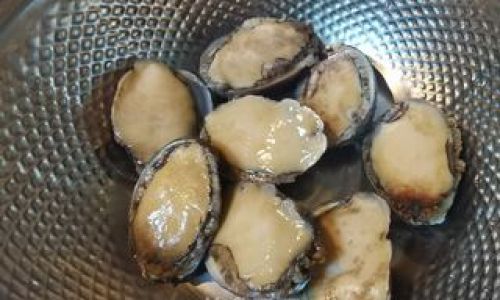
- Rinse live abalone under cold running water to remove sand, algae, or debris.
- Use a stiff brush to scrub the shell’s exterior gently.
- If the abalone is already shucked, rinse the flesh under cold water and pat dry with paper towels.
-
Storage:
- Live Abalone: Place live specimens in a breathable container (e.g., a mesh bag or colander) lined with damp seaweed or a damp cloth. Store in the coldest part of your refrigerator (32–34°F or 0–1°C). Avoid submerging in water, as this can drown the creature.
- Shucked Abalone: Wrap the flesh tightly in plastic wrap or vacuum-seal it to minimize air exposure. Place in an airtight container and store on the bottom shelf of the refrigerator.
-
Key Tips:
- Do not store live abalone in sealed plastic bags, as this traps moisture and promotes bacterial growth.
- Consume shucked abalone within 48 hours for optimal texture.
Medium-Term Preservation: Freezing
Freezing is the most effective method for extending abalone’s shelf life to 3–12 months, depending on the technique.
A. Basic Freezing Method
-
Preparation:
- Shuck and clean the abalone, removing the viscera (internal organs) and darkened foot margins.
- Slice the flesh into desired portions (e.g., steaks, strips, or cubes).
-
Blanching (Optional but Recommended):
- Blanch abalone slices in boiling water for 10–15 seconds to inactivate enzymes and stabilize color.
- Immediately transfer to an ice bath to halt cooking.
-
Packaging:
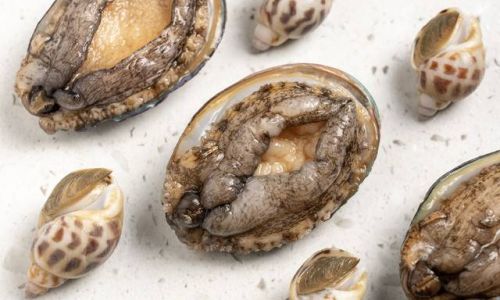
- Pat the slices dry and arrange them in a single layer on a baking sheet lined with parchment paper.
- Freeze until solid (1–2 hours), then transfer to vacuum-sealed bags or freezer-safe containers.
- Label with the date and contents.
B. Advanced Freezing Techniques
- Glazing: Dip frozen abalone slices in cold saltwater (3.5% salinity) and refreeze to create a protective ice coating. Repeat 2–3 times for thicker glaze.
- Brine Freezing: Soak abalone in a 10% saltwater solution for 10 minutes before freezing to reduce drip loss during thawing.
C. Thawing Guidelines
- Transfer frozen abalone to the refrigerator 24 hours before use.
- Avoid thawing at room temperature, as this encourages bacterial proliferation.
Long-Term Preservation: Canning
Canning abalone in a pressure cooker ensures shelf stability for 1–2 years, though texture changes are inevitable.
Procedure:
-
Preparation:
- Clean, shuck, and slice abalone into bite-sized pieces.
- Pack raw abalone into sterilized jars, leaving 1-inch headspace.
- Add 1 teaspoon of salt per quart (optional) and cover with boiling water or court-bouillon (flavored broth).
-
Processing:
- Seal jars and process in a pressure canner at 10 PSI for 90 minutes (adjust for altitude).
- Allow jars to cool undisturbed for 12 hours.
-
Storage:
Store in a cool, dark place. Check seals before consuming.
Traditional Preservation: Drying
Dried abalone, or “dried abalone” (yubi in Japanese), is a luxury ingredient in Asian cuisines. Proper drying yields a concentrated flavor and chewy texture.
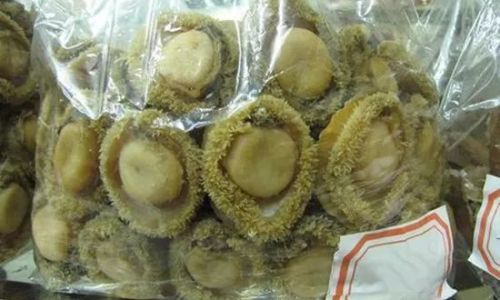
Steps:
-
Preparation:
- Shuck, clean, and thinly slice abalone (1/8–1/4 inch thick).
- Marinate slices in a mixture of soy sauce, mirin, and sake (optional) for 2–3 hours to enhance flavor.
-
Drying Methods:
- Sun-Drying: Lay slices on racks in direct sunlight for 3–5 days (ideal in arid climates). Cover with cheesecloth to protect from insects.
- Oven-Drying: Dehydrate at 140°F (60°C) for 6–8 hours, flipping halfway through.
- Food Dehydrator: Use at 135°F (57°C) for 8–10 hours until leathery.
-
Storage:
- Store dried abalone in airtight jars with silica gel packs to prevent moisture absorption.
- Rehydrate in warm water for 2–4 hours before cooking.
Emerging Technique: Sous-Vide Preservation
Sous-vide, or vacuum-sealed low-temperature cooking, offers a novel approach to preservation.
Method:
- Shuck, clean, and portion abalone.
- Vacuum-seal with a flavorful liquid (e.g., butter, herbs, citrus).
- Cook at 122°F (50°C) for 30 minutes to pasteurize.
- Rapidly chill in an ice bath and freeze.
Quality Indicators and Safety Tips
- Spoilage Signs: Foul odor, slimy texture, or discoloration (e.g., grayish hues).
- Cross-Contamination: Always use separate utensils and cutting boards for raw abalone.
- Temperature Control: Maintain refrigerator/freezer temperatures below 40°F (4°C) and 0°F (-18°C), respectively.
Culinary Applications of Preserved Abalone
- Thawed Abalone: Grill, pan-sear, or use in ceviche. Marinate in citrus or sake to revive flavors.
- Canned Abalone: Add to stews, stir-fries, or paella.
- Dried Abalone: Rehydrate for soups, congee, or braised dishes.
Conclusion
Preserving abalone requires balancing convenience, texture, and flavor retention. Refrigeration suits short-term needs, while freezing and canning cater to long-term storage. Drying, though labor-intensive, rewards with a unique culinary treasure. By understanding the science behind spoilage and adhering to proper techniques, you can savor this oceanic gem year-round. Experiment with methods to find your preference—after all, the best preservation strategy is the one that ensures abalone reaches your plate in peak condition.

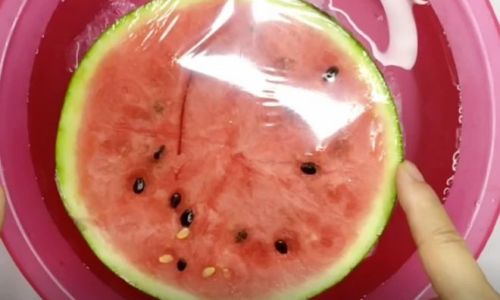
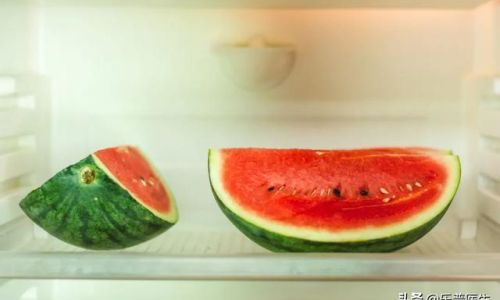
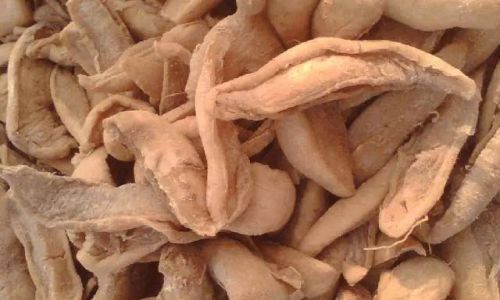
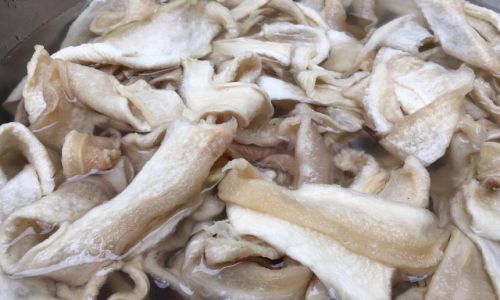
0 comments